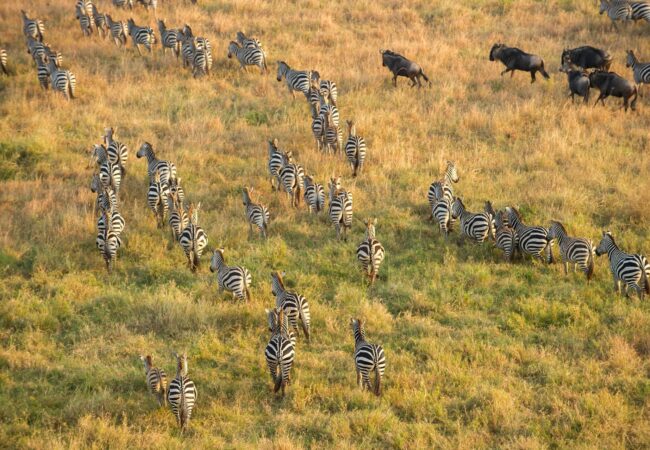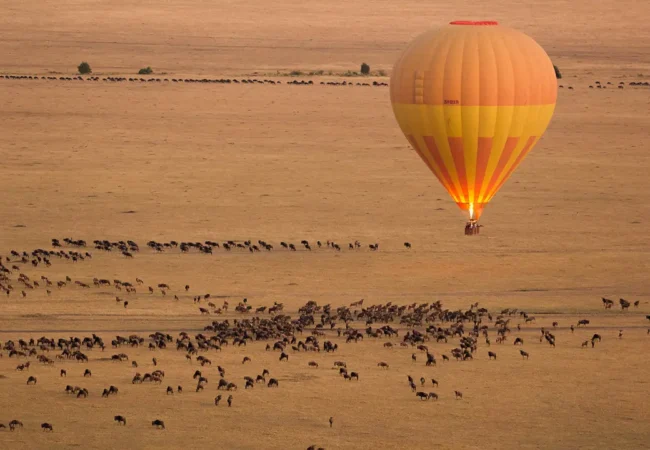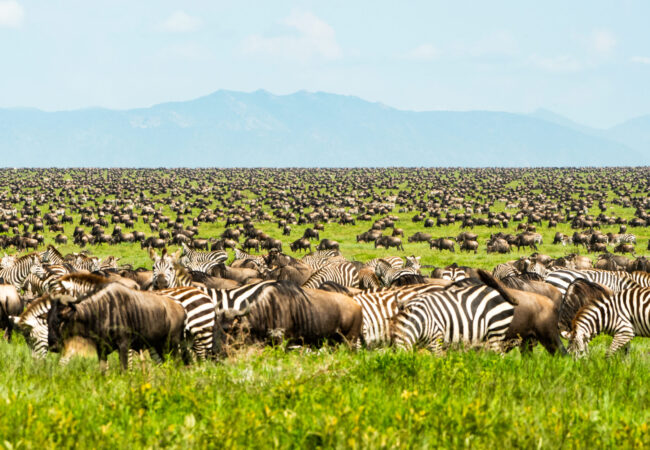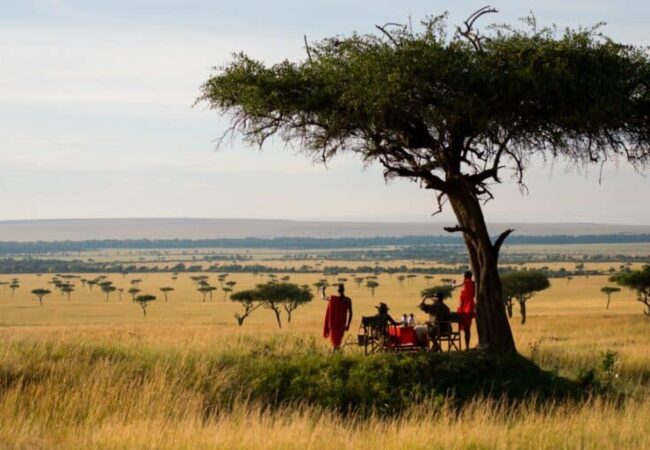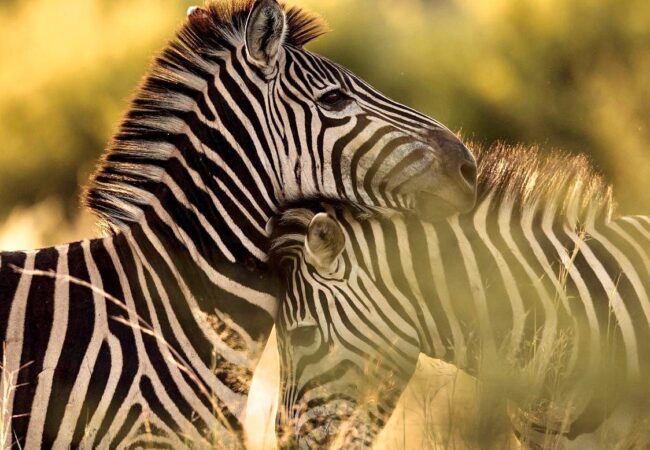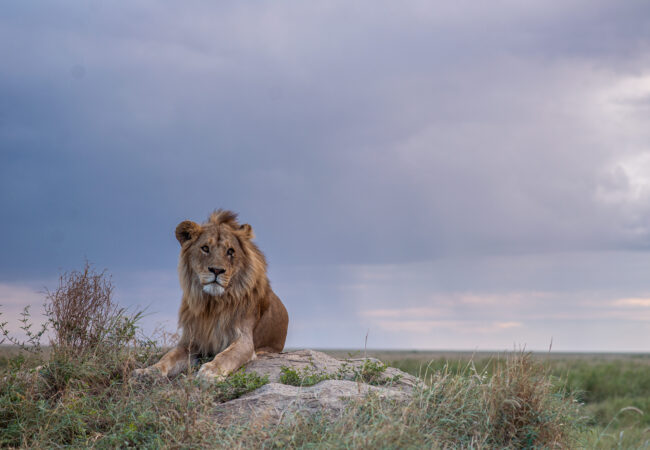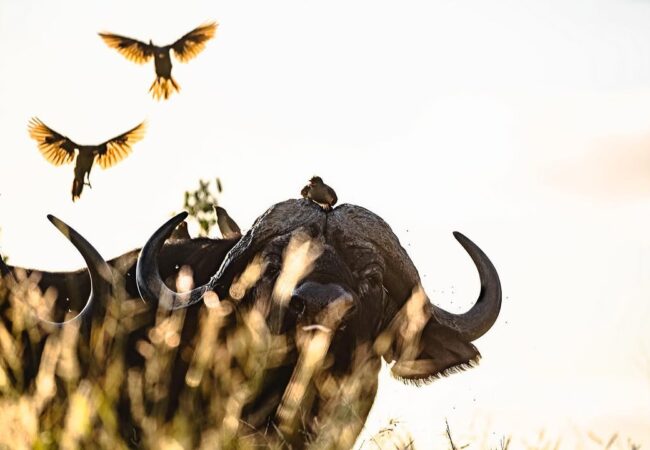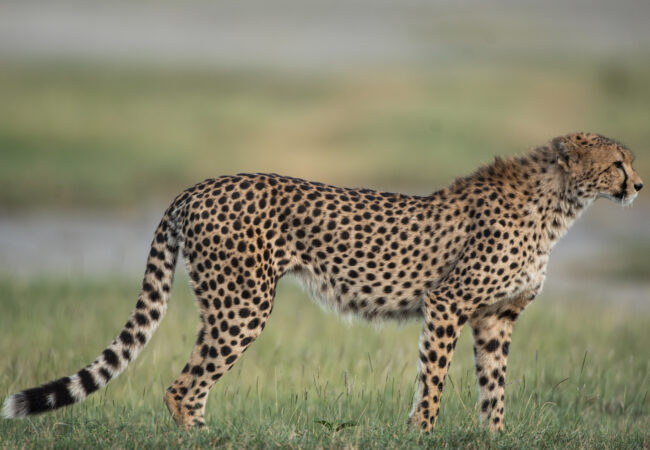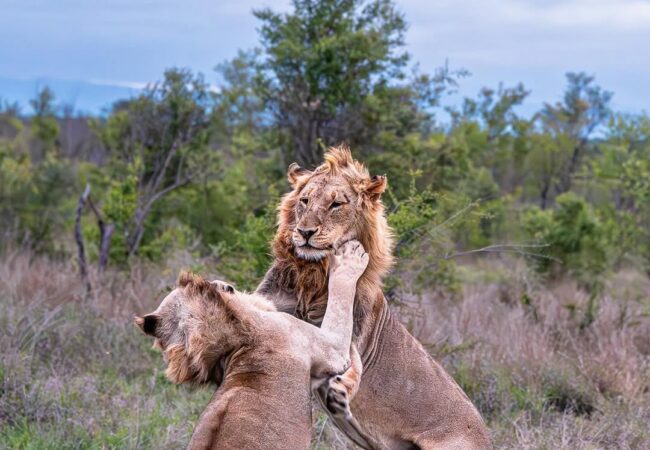Introduction: Standing on the Roof of a Continent
Rising like a mythical sentinel over the savannahs of northern Tanzania, Mount Kilimanjaro is not just the tallest peak in Africa (5,895 meters/19,341 feet)—it’s an emblem of triumph, endurance, and the raw splendor of nature. Known as the “Roof of Africa,” Kilimanjaro is the world’s highest free-standing mountain, making it a bucket-list destination for climbers, nature lovers, and spiritual seekers from around the globe.
Shrouded in clouds, capped with snow, and surrounded by tropical rainforest, this dormant stratovolcano is as geologically fascinating as it is aesthetically majestic. Whether you aim to reach Uhuru Peak or simply bask in its looming shadow, Kilimanjaro is an encounter you’ll never forget.
Geographic & Geological Marvel
Located near the town of Moshi, in Kilimanjaro Region of northern Tanzania, the mountain is part of Kilimanjaro National Park, a UNESCO World Heritage Site. It consists of three volcanic cones:
- Kibo (the tallest and only dormant cone)
- Mawenzi (craggy and technical; not climbable by most trekkers)
- Shira (the oldest and now mostly eroded)
Kilimanjaro formed about 750,000 years ago through successive volcanic eruptions and glacial activity, creating a stunning geological formation with everything from lava tubes and ash pits to glaciers and alpine deserts.
Climate Zones: A Walk Through the World in One Climb
One of the most captivating aspects of Kilimanjaro is the way it takes you through five distinct ecological zones:
- Cultivation Zone (800–1,800 m): Lush farmland with banana groves and coffee plantations—home to the Chagga people.
- Rainforest Zone (1,800–2,800 m): Dense jungle teeming with blue monkeys, colobus monkeys, butterflies, and birds.
- Heath and Moorland Zone (2,800–4,000 m): Strange alien-like vegetation such as giant groundsels and lobelias.
- Alpine Desert Zone (4,000–5,000 m): Stark, windy, and dry—reminiscent of the lunar surface.
- Arctic Summit Zone (Above 5,000 m): Ice, snow, glaciers, and oxygen-poor air—this is where Uhuru Peak awaits.
Trekking Kilimanjaro: Routes & Experiences
Climbing Kilimanjaro does not require technical mountaineering skills, making it one of the most accessible high summits in the world. However, altitude sickness and weather extremes can make it challenging.
🔹 Popular Routes:
- Marangu Route (5–6 Days): Known as the “Coca-Cola Route”; only one with hut accommodations. Easier terrain but lower success rate due to rapid ascent.
- Machame Route (6–7 Days): “Whiskey Route”; scenic, popular, and physically demanding with excellent acclimatization profile.
- Lemosho Route (7–8 Days): Gradual climb, remote, highly scenic; excellent for acclimatization.
- Rongai Route (6–7 Days): Approaches from the north, drier, and less crowded.
- Northern Circuit (8–9 Days): Longest and least crowded route; best acclimatization and success rates.
- Umbwe Route (5–6 Days): Steep, direct, and least used; recommended for experienced trekkers.
🔹 Key Highlights Along the Way:
- Shira Plateau: A prehistoric caldera with sweeping views
- Barranco Wall: A thrilling scramble along a dramatic rock face
- Stella Point: A major milestone just before reaching the summit
- Glaciers & Icefields: Although shrinking due to climate change, these ancient ice masses still crown the summit
Summiting: Uhuru Peak
At 5,895 meters (19,341 ft), Uhuru Peak on Kibo’s crater rim is the highest point in Africa. The final push begins around midnight so trekkers can reach the summit at sunrise—a surreal moment when the first light spills over a sea of clouds, igniting the glaciers in gold.
Reaching the summit is as emotional as it is physical: a mix of pride, exhaustion, awe, and deep connection with nature.
Cultural Significance: Sacred Ground of the Chagga
Kilimanjaro is central to the Chagga people’s identity. They have lived on its fertile slopes for centuries, cultivating banana and coffee while observing spiritual traditions tied to the mountain.
In Chagga legend, the summit is home to a powerful spirit, and the glaciers were seen as sacred. Today, many guides and porters are Chagga, and sharing stories with them is an enriching part of the journey.
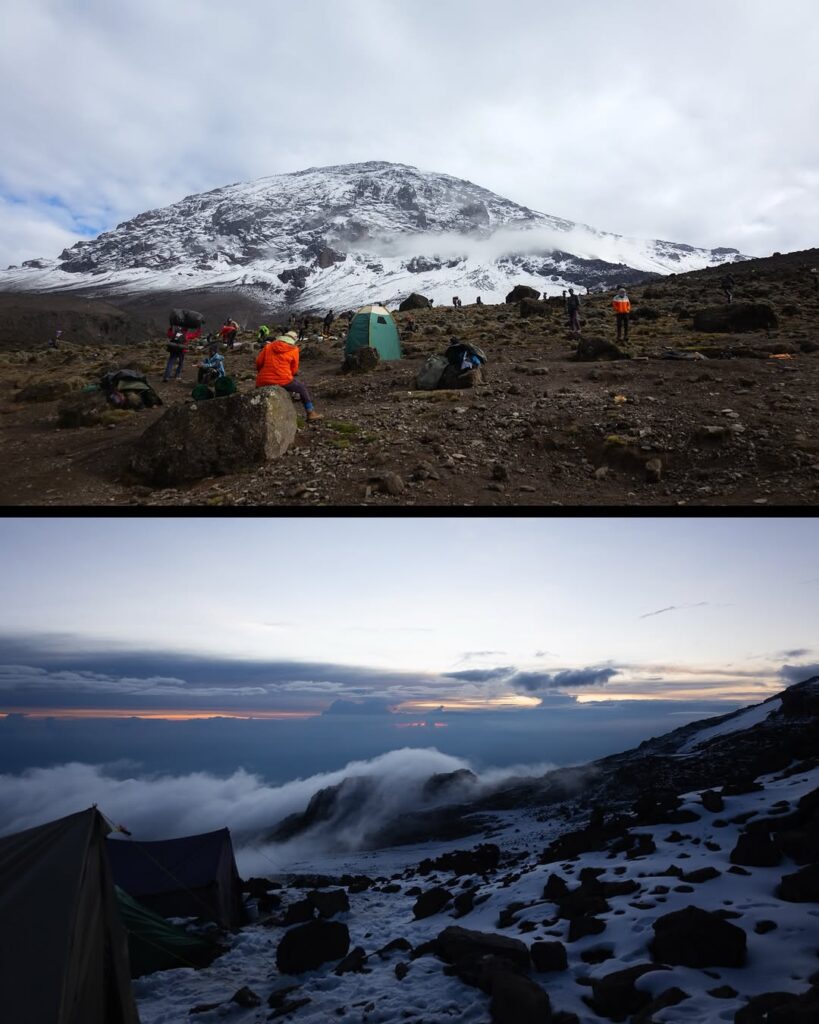
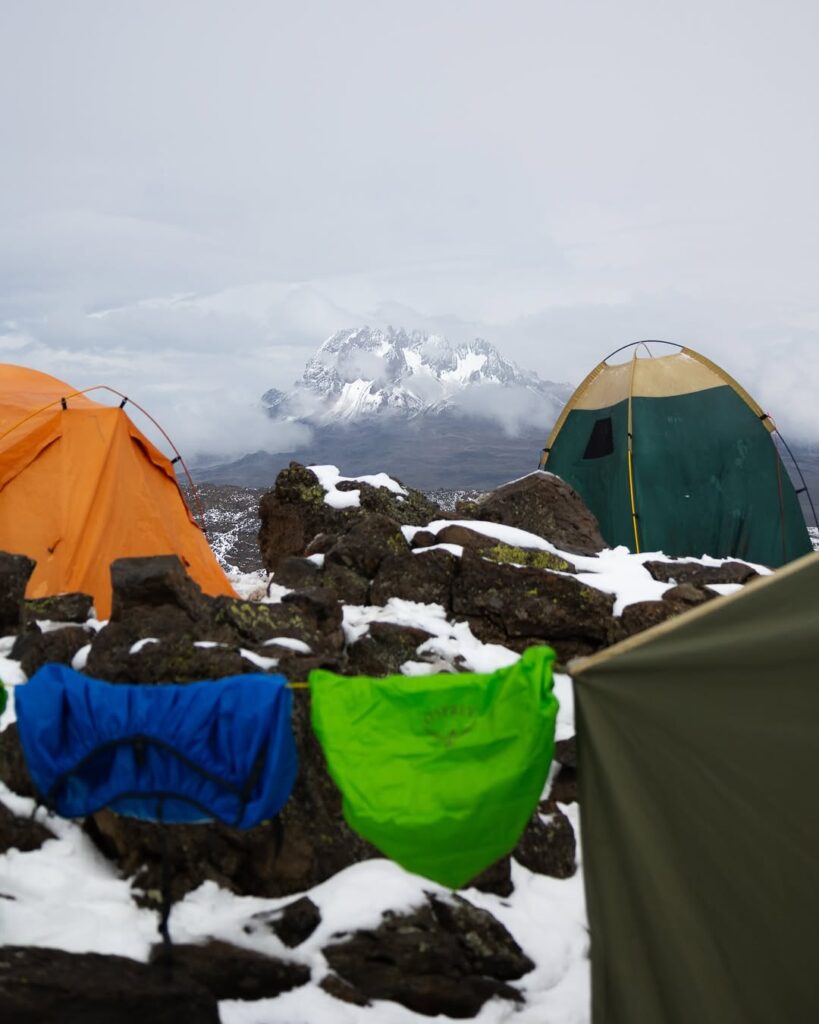
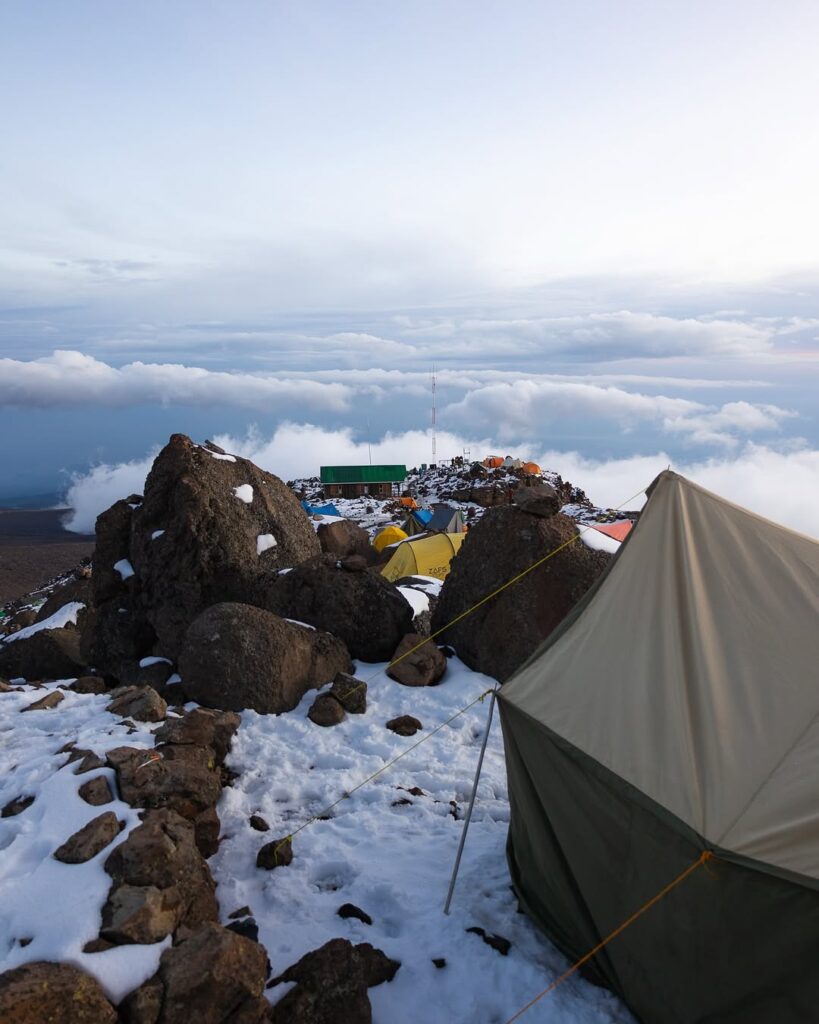
Best Time to Climb Kilimanjaro
Kilimanjaro can be climbed year-round, but the best conditions are during the dry seasons:
- January – March: Coldest but clear; fewer climbers
- June – October: Most popular; drier with good visibility
Avoid April–May and November due to heavy rains.
Health, Safety & Preparation
🧭 Fitness & Training
No technical climbing skills are required, but a high level of cardiovascular endurance, strength, and mental toughness are essential. Train with hikes, stair climbing, and high-altitude acclimatization if possible.
💊 Altitude Sickness
- Go slow and steady (“pole pole” in Swahili)
- Take acclimatization days seriously
- Medication like acetazolamide (Diamox) can help
🎒 Essential Gear
- Layered clothing system
- Sleeping bag rated for -10°C or lower
- Trekking poles, headlamp, thermal flask, sunscreen, etc.

